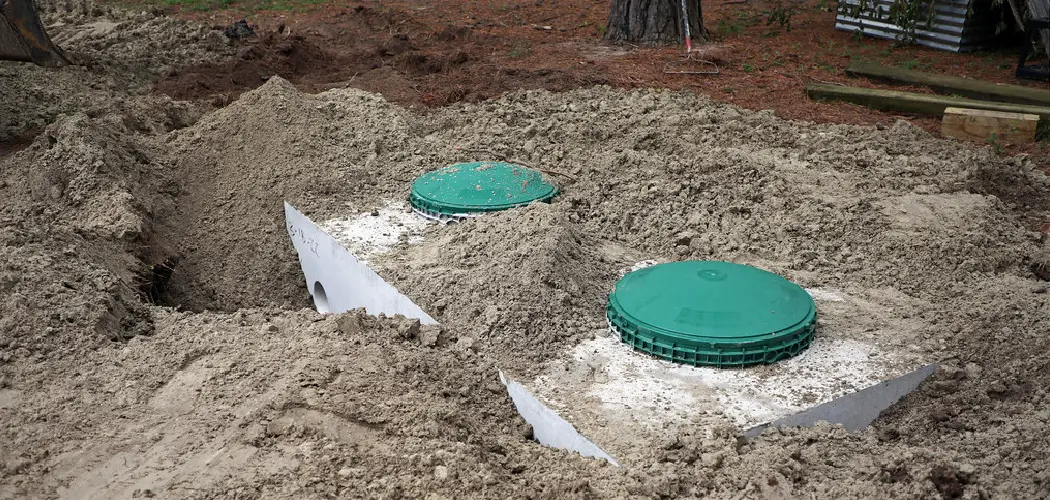Septic tanks are an essential part of many homes, especially in rural areas where there is no access to public sewage systems. For septic tank owners, it is important to know how to check their septic tank levels regularly.
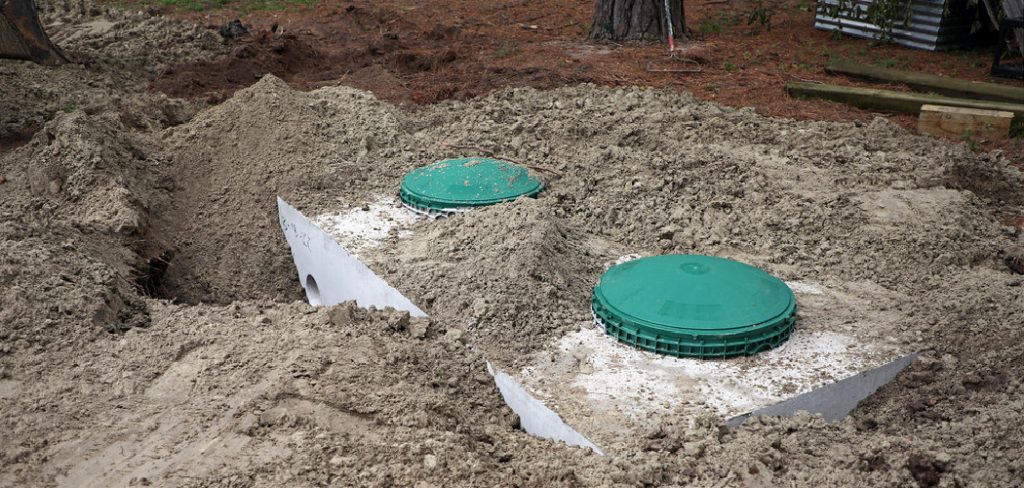
Checking your septic tank level helps prevent overflowing, which can cause severe damage to the environment, water source contamination, and health hazards. In this blog post, we will provide a comprehensive guide on how to check septic tank level and ensure your septic system is running smoothly.
Can You Check the Septic Tank Level?
Maintaining your septic system properly is crucial to maintaining a healthy home environment. One common question that often arises when it comes to septic systems is whether or not you can check the tank level. Well, the answer is yes! While it might seem like a daunting task, checking the septic tank level is actually quite simple.
By using a probe or a stick, you can measure the depth of the tank and determine its level. It’s important to check the tank on a regular basis to ensure it doesn’t become too full and cause problems. So, take the time to learn how to check your septic tank level and keep your home’s sewage system running smoothly for years to come.
Why Should You Check the Septic Tank Level?
Maintaining a healthy septic system is essential for every homeowner. One of the most crucial tasks that a responsible homeowner should undertake regularly is monitoring their septic tank level. You may not think about your septic system every day, but it is crucial to do so to avoid any smelly and costly problems that can arise. When your septic tank gets too full, it can cause backups, clogs, and even property damage.
Regularly checking your septic tank’s level can prevent these issues and ensure your system is functioning correctly. It is always better to be proactive rather than reactive regarding your septic system, and keeping a close eye on the tank’s level is a simple and effective way to avoid any potential problems.
How to Check Septic Tank Level: A Complete Guide
1. Locate Your Septic Tank
Before you can check your septic tank level, you need to know where it is. Most septic tanks are buried underground, so they can be challenging to find. Look for a set of lids or covers that are attached to pipes that lead to your house. These lids are usually found around 20 feet away from your home and may require digging to access them. If you’re unsure, contact a professional septic tank service provider.

2. Open The Septic Tank Lids
Once you locate the septic tank lids, use a long metal rod or a crowbar to open the covers. Be cautious when opening the lids as toxic gases such as methane or carbon dioxide might harm you. Ensure your safety by wearing gloves, protective eyewear, and masks. You may also want to wait for a day or two after a heavy storm to allow the gases to escape.
3. Check The Septic Tank Level
After opening the septic tank lids and accessing the system, use a flashlight to inspect the tank. You should see how much solid waste sits at the bottom of the tank. If the solid waste accumulation is close to the tank’s full capacity, it’s time to schedule a septic tank pumping service. In general, you should have your septic tank pumped every 3-5 years, but your service provider can recommend how often you should pump based on your tank size, usage, and the number of people living in your home.
4. Document Your Findings
After inspecting your septic tank, take note of your findings, including the date of inspection, the tank’s level, and the location of the tank lid. Keeping a record will help you monitor any changes in your septic tank level and alert you when you need a septic tank inspection or pumping service.
5. Practice Good Septic Care
Prevention is always the best approach to avoid any septic-related issues, such as overflowing, contamination, and health hazards. Ensure you practice good septic care by minimizing the use of harsh chemicals and disposing of these chemicals correctly. Reduce the number of water-consuming activities, such as laundry and dishwashing, and avoid flushing non-biodegradable items such as sanitary products, grease, and wipes. These measures will help prolong the lifespan of your septic system and save you the expenses of costly repairs.
6. Monitor Your Septic Tank
Regularly monitor your septic tank’s level and see if it requires pumping or maintenance services. If the solid waste accumulation is close to the tank‘s full capacity, contact a professional for help. They will be able to provide you with an accurate assessment of your system and determine what action needs to be taken.
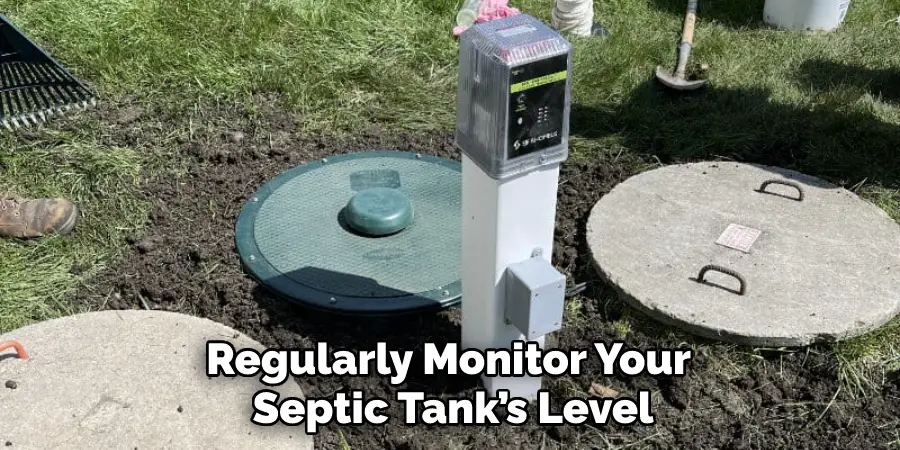
7. Hire A Professional
Hiring a professional is the best way to ensure your septic system is properly maintained and in good condition. They have the necessary experience, tools, and knowledge to evaluate your septic tank’s level and provide an appropriate course of action to keep your system working efficiently and cost-effectively over time. Don’t hesitate to call a professional, as they can help you avoid any costly repairs or replacements in the future.
That’s it! You’ve now learned the seven steps you need to follow on how to check septic tank level. Remember, regular monitoring and maintenance can help you avoid costly repairs or even a system breakdown in the future. If you are ever in doubt about your septic system, contact a professional, and they will provide an accurate assessment of your system. Good luck!
5 Considerations Things When You Need to Check Septic Tank Level
1. Check the Inlet Baffle.
The inlet baffle is the first thing you need to check when you need to check the septic tank level. This is because the inlet baffle can become clogged with debris, which can cause the septic tank to fill up more quickly than it should. If the inlet baffle is clogged, it will need to be replaced.
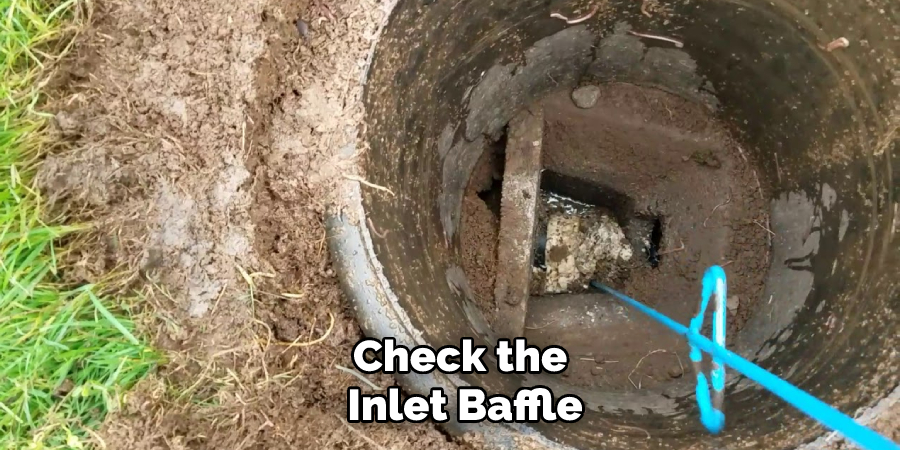
2. Check the Outlet Baffle.
The outlet baffle should also be checked regularly when you need to check the septic tank level. The outlet baffle helps prevent solids from getting into the drain field, and if it is clogged, it can cause the septic tank to fill up more quickly than normal.
3. Check the Scum Layer.
The scum layer is a layer of organic material that floats to the top of the septic tank. This layer should be checked regularly when you need to check the septic tank level, as it can become too thick and cause blockages. If the scum layer is too thick, it needs to be removed manually or with a vacuum truck.
4. Check the Sludge Layer.
The sludge layer is a layer of partially decomposed material at the bottom of the septic tank. This layer needs to be checked regularly when you need to check the septic tank level, as it can become too thick and cause blockages. If the sludge layer is too thick, it should be pumped out by a qualified professional.
5. Check for Leaks.
The fifth and final thing you need to do when you need to check the septic tank level is to check for leaks. This is because leaks can occur in both the inlet and outlet baffles and the tanks themselves. If a leak is found, it will need to be repaired before the septic system can be used again.
Benefits of Check Septic Tank Level
Taking care of your septic tank is important, as it ensures that your home has a proper and functioning plumbing system. One of the best ways to ensure that your septic tank is working properly is to check its level regularly. By doing so, you can prevent costly repairs and keep your septic system running smoothly.
In addition, checking your septic tank’s level will help you detect any problems early on. This way, you can address them before they become too severe and require major repairs. Ultimately, monitoring your septic tank’s level is a preventative measure that can save you a lot of time, money, and stress in the long run.
Some Common Mistakes People Make When Trying to Check Septic Tank Level
Maintaining a septic tank can be tricky; unfortunately, many people make common mistakes when trying to check the tank’s level. One of the most common errors is relying solely on the toilet bowl to indicate when the tank is full. This method is unreliable, as the bowl may flow normally even if the tank is near full capacity. Another mistake is failing to locate the actual tank. T
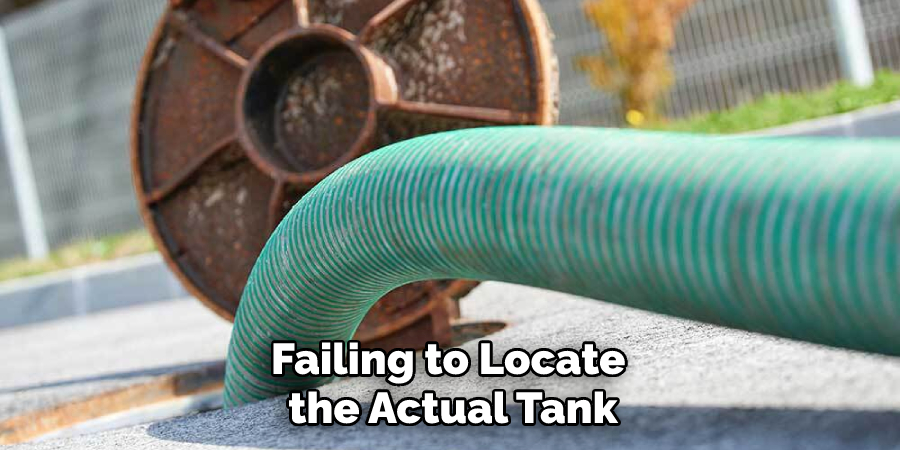
his can lead to digging up the wrong spot or getting inaccurate readings from a nearby tank. It is also important to only use a designated and calibrated dipstick to measure the level, as using any random object can lead to inaccurate readings. Lastly, keeping a regular schedule for septic tank maintenance is crucial, as neglecting the tank for too long can cause costly damage. By avoiding these common mistakes, you can ensure that your septic tank runs smoothly and avoid any unnecessary headaches down the line.
Conclusion
Maintaining a septic tank system is critical to the health and safety of your household and the environment. Properly checking your septic tank level is vital to keeping your septic system working efficiently and preventing potential environmental hazards.
Following the steps outlined in this blog post can save you thousands of dollars in costly repairs and protect your septic system’s lifespan. Remember, it’s your responsibility to ensure your septic system is well-maintained, and regular inspections will go a long way in preventing problems. Thanks for reading our post about how to check septic tank level.

